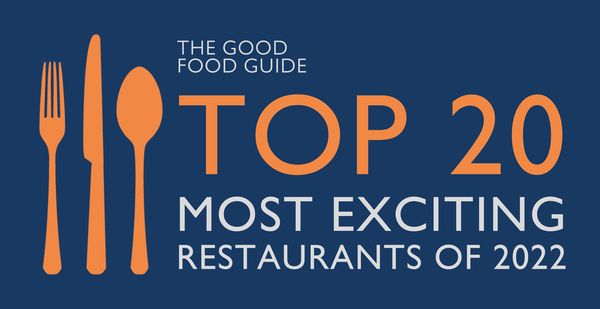The sense of special occasion about, for example, L’Escargot's intricate assembly of duck, pork, guinea fowl, and foie gras, encased in a hot water pastry, finished with a jelly made from the bones of the fowl and flavoured with a light Madeira wine, makes it the preserve of skilled restaurant chefs and professional charcutiers and traiteurs. Only the extremely dedicated amateur cook would attempt to replicate it at home.
But according to Chef Aurélien Dufour of Dufour Gourmet and former Chef Charcutier of Daniel Boulud’s New York restaurant group, pâté en croûte in its original form in the Middle Ages was a much less joyful thing - the crust merely a method of preserving the coarsely ground meat inside and not designed to be eaten. By the Renaissance period, pâté en croûte had evolved into something closer to its modern incarnation, with finely ground meat and an edible crust. Dufour says that royal court chefs created ‘intricate pâtés studded with even more elaborate garnishes at royal banquets. The patterns that were revealed when these pâtés were sliced were truly breathtaking.’
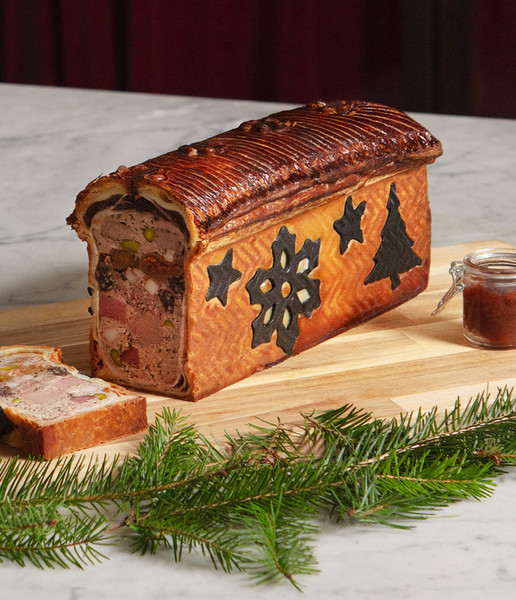
The current UK renaissance of pâté en croûte can arguably be traced back to Callum Franklin’s tenure at London's Holborn Dining Rooms in London where, in 2017, he created The Pie Room. Chef Nokx Majozi is now the head pie maker and the restaurant’s festive menu includes the delicious venison and smoked bacon pâté en croûte with hazelnuts, pear and fig chutney.
Opened in 2020, Maison François can lay claim to one of the most talked about pâté en croûtes in the capital. This year, they won the annual Pâté en Croûte-Off with their version made with duck, pork, pistachio and foie gras, quatre épices and Armagnac. Other London entrants in the competition that is staged at, well, Maison François (but with an independent judging panel) included Richard Corrigan, Florence Knight of Sessions Arts Club, Fred Smith of Flat Iron and Chris Leach of Manteca. The top three were also all London based with Max Rocha of Cafe Cecilia in third place Midland Dining Room as runner up.
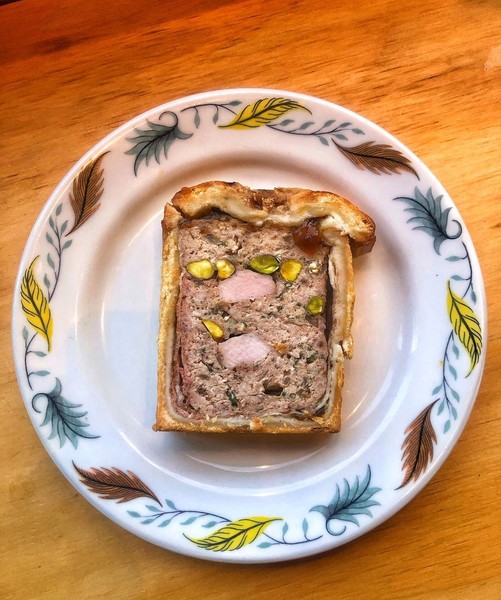
But you’ll find excellent examples of pâté en croûte outside the capital too. The version served at John Dory wine bar in Sandgate, Kent is supplied by Wilson’s Provisions traiteur service near Canterbury.
‘It's a labour of love,’ says Tim Wilson, who sources whole Tamworth Pigs from a local smallholding. ‘The hot water crust pastry is made using flare fat from the underside of the ribs, it is then lined with very thin strips of guanciale made from the cheek. The filling uses the pig's liver, heart and tongue along with some shoulder meat, sweated onions, herbs, spices, brandy, cream and eggs. We garnish the pâté with strips of tenderloin from the pig, sometimes smoked duck from nearby Longland Farm, pistachios and the occasional booze-soaked prune. Finally, after cooking we fill the croûte with hot jellied stock made with the bones from the pig, flavoured with apple cider vinegar made from the apples here on the farm.’
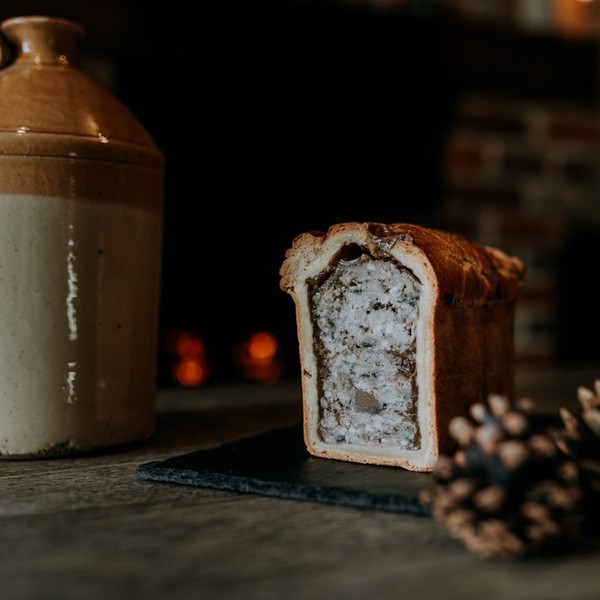
At The Ferry House, also in Kent, chef James Pilcher has proved that, despite pâté en croûte’s classical roots, it can be the perfect vehicle for a modern zero-waste approach to cooking. ‘The farce for the pâté is made from the heads of Kentish pigs that we process in our in-house butchery, the bones of which, along with the trotters, are all simmered down to produce the aspic, or jelly, that separates the meat from the hot water crust pastry. The meat is minced with herbs homegrown in our 1.5 acre kitchen garden. The mix is then folded through with diced seasonal wild game meat from the shoot on our local Harty Estate. Finally, some preserved fruits soaked in brandy are dotted throughout the mix.’
To serve, Pilcher makes his own whole grain mustard by soaking yellow and brown mustard seeds in a bourbon whiskey and vinegar which is blended confit garlic, spices, thyme and local Isle of Sheppey honey. Finishing touches might include figs soaked in balsamic, umeboshi style apricots or lacto-fermented cherries.
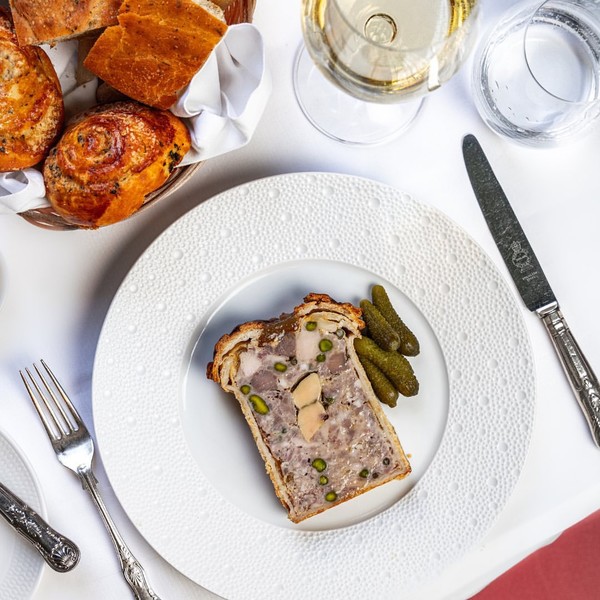
At The Cross at Kenilworth, executive chef Adam Bennett is similarly enthusiastic about the dish and has been making pâté en croûte for about 25 years. Rather than a hot water crust, Bennett favours a savoury pastry made with butter and lard and adds milk powder which helps to brown the finished en croûte.
At a recent Louis Roederer Champagne dinner at the restaurant, he served a version made with Creedy Carver duck, including the liver, and Wiltshire pork served with fig compote and prune oil from the South of France. ‘I like to make pâté en croûte with lighter meats like guinea fowl, rabbit, duck and foie gras. I often serve them with lightly soused vegetables like cauliflower, carrot and radish steeped in a pickle made with mustard seeds and tarragon leaves. There’s quite often an element of fruit such as dried apricot, which we plump up in orange juice, water and white wine vinegar or champagne vinegar.’
Pâté en croûte is now so well established on UK menus that we are able to send a British chef to compete in the World Pâté en Croûte Championships in Lyon. Earlier this week, George Jephson of Cadet went head-to-head with fourteen other finalists selected from heats in Europe, Asia, America and, somewhat surprisingly, Polynesia. Sadly, Jephson’s ‘Trois Façons’ was beaten by Frédéric Le Guen-Geffroy of Club 90 in Paris whose stunning creation included a rosette of chicken, duck and pistachio stuffing running through the centre. Nevertheless, we’d like to take this opportunity to wish George and all our readers a very merry croûetmas.

